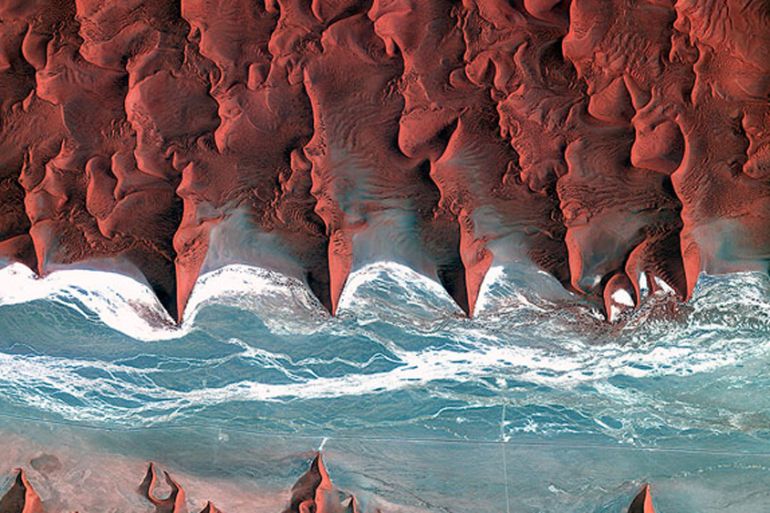Namibia expecting rare summer rain
Unseasonably heavy rain is expected in the coming days, including some areas considered to among the driest on Earth.

Unseasonably heavy rain is expected to hit Namibia in the coming days, including some areas considered to among the driest on Earth.
Even during the peak of the rainy season – December to March – rainfall can be highly variable. In any given year, there is a 30 percent chance that there will be a drought and a 40 percent chance that it will be wet.
Keep reading
list of 4 itemsAfter the Hurricane
World’s coral reefs face global bleaching crisis
Why is Germany maintaining economic ties with China?
The predicted rainfall coincides with the formation of the Zaire Air Boundary, where warm, moist, easterly winds from the Indian Ocean, meet colder air from the South Atlantic.
This colder air, feeding in on a westerly wind, originates over the cold, upwelling Benguela Current. This is usually the only source of moisture in the Namib Desert which extends down the entire length of the country’s coastline.
This cool, moist air forms fog which provides five times as much moisture as the annual rainfall. It is vital to the highly specialised lichens, plants and animals in the region.
Rainfall in the central, higher part of the country is considerably higher. The country’s capital, Windhoek, receives more than 360mm of rainfall, compared to just 22mm at Walvis Bay on the Skeleton Coast.
In the next few days, the central plain could see 20mm to 40mm of rainfall and some showers are even possible along northern and central sections of the coast.
Flash flooding could occur in some of the steep-sided valleys and ravines.